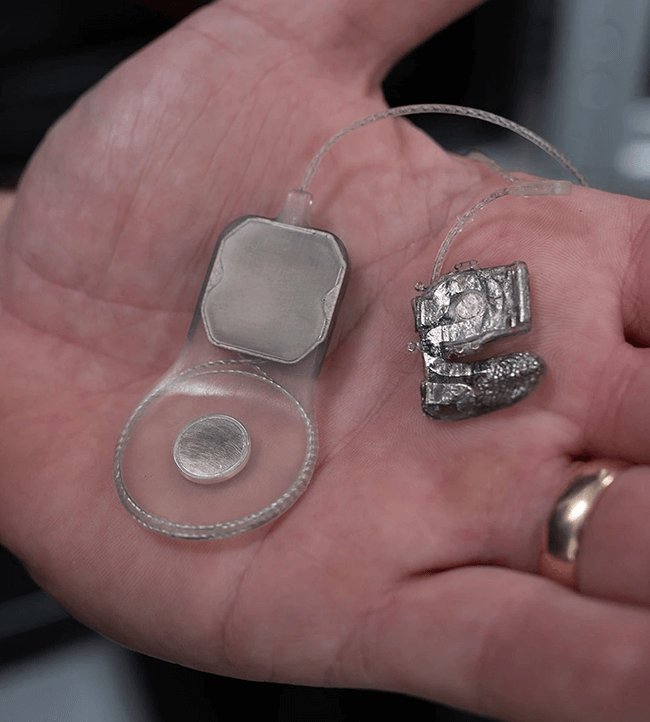Bionic eye technology continues to advance
| 28-02-2022 | By Robin Mitchell
Of all senses that can be lost, blindness is arguably one of the worse due to life being dependent on vision. Why is curing blindness so difficult, what is the Phoenix 99, and why could curing blindness be one of the biggest achievements by medical science?
Why is curing blindness so difficult?
Medical science has come a long way; ancient bleeding techniques based on belief have been replaced with blood tests, the drilling of skulls to alleviate headaches has been replaced with paracetamol, and amputations from broken limbs have been replaced with casts and x-rays. But despite the many advances that humans have made in the field of medicine, there is so much that we still do not know about the human body.
Blindness is arguably one of the most difficult sensory losses to cure due to the complexity of vision, the types of blindness that can occur, and the lack of understanding of how the brain processes vision. For example, some types of blindness happen when the brain doesn’t know how to process the signals coming from the retina, while other forms of blindness are simply a result of the retina not working. This means that there is no cure to fix blindness, similar to how cancer cannot be treated with a single solution.
Researchers from the University of Sydney working on the bionic eye
Recently, the University of Sydney announced that it will be moving forward to human trials of its bionic eye system called Phoenix 99. The device consists of a camera worn on a pair of glasses, a communication module implanted beneath the skin behind the ear, and a retina implant that directly connects to the back of the eye.
Images from the camera are sent to a processor, which converts the image into data that can be read by the retina implant. From there, the neurons at the back of the eye are electrically stimulated, which is then received by the brain, presenting the wearer with a rudimentary image.
The system was tested on Australian sheep who showed no adverse reaction to the implant while fully interacting with their environment.
Using a sensor array placed onto the back of the retina allows the researchers to more efficiently produce accurate images as the back of the eye has all neurons correctly positioned. If signals are directly injected into the optic nerve, it can be difficult to activate the correct neurons as nerves can twist and bend, making identification difficult.

Why would a bionic eye be one of humanity’s greatest medical achievements?
If a retina sensor could provide full vision, the possibilities would be endless. For example, there would be no need for smart glasses or displays for overlaying digital information as information can be easily injected into the visual data stream. Everything from the navigation to identification could be instantly shown to a user without any need for interaction.
Another major use of such technology would be for augmented reality. Whether it’s repairing a building, changing parts in an engine, or studying the stresses in a structure, real-time 3D renderings and internal views would allow users to have a far better understanding of the world around them. This could even lead to wide spectral viewing where radio, microwave, and ultraviolet light could be detected and converted into a visual spectrum that we can see.
But the biggest achievement by far is the ability to restore vision. That reason alone would make the bionic eye the biggest medical achievement in history. Those with blindness would no longer be dependent on tools to help them navigate the world, and having the ability to see is one of the biggest advantages anyone can have.

